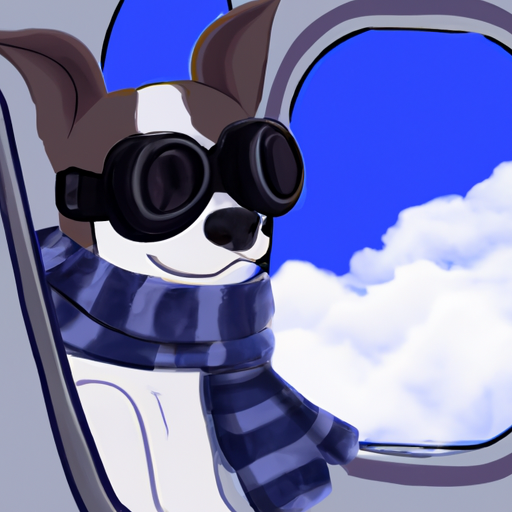Understanding the Basics
Dogs are not only our faithful companions but also members of our family. When it comes to traveling, you’re likely not comfortable with the idea of your furry friend being stowed away in the cargo hold. Thankfully, many airlines have made provisions for dogs to fly in the cabin with their owners.
Here are some basic pointers to keep in mind:
- The dog’s size and breed often determine whether it can fly in the cabin.
- Some airlines allow small dogs to fly in the cabin if they are in an airline-approved carrier that fits under the plane seat.
- Certain dog breeds, particularly those with short noses like Bulldogs, are not allowed to fly due to breathing difficulties at high altitudes.
Navigating the Airline Policies
Each airline has its own policy regarding dogs, and it’s crucial to familiarize yourself with these before booking your flight. Here’s a quick comparison of some popular airlines’ pet policies:
| Airline | Allows Dogs in Cabin | Special Conditions |
|---|---|---|
| Delta | Yes | Dogs must be small enough to fit in a carrier under the seat. |
| United | Yes | Only small dogs allowed. Breed restrictions apply. |
| American Airlines | Yes | Certain breeds not allowed. Dogs must be at least eight weeks old. |
Preparing Your Dog for the Flight
Once you’ve booked your flight, the next step is to prepare your dog for the journey. Here are a few tips:
- Start by getting them comfortable with their carrier. Make it a positive experience by adding their favorite blanket or toys.
- Before the flight, make sure your dog has had plenty of exercise. A tired dog is a calm dog.
- Feed your dog a light meal 3 to 4 hours before departure. Don’t forget to take them for a bathroom break before checking in.
What to Do During the Flight
Keeping your dog calm and comfortable during the flight is crucial.
- Never take your dog out of its carrier during the flight.
- If your dog seems anxious, reassure them with soothing words and gentle strokes through the carrier.
- Offer your dog ice cubes to keep them hydrated without risking a bathroom accident.
Post-Flight Care
Once you’ve reached your destination, there are a couple of things to keep in mind:
- Allow your dog to stretch and relieve themselves as soon as possible.
- Keep an eye on them for any signs of distress or discomfort, as these could indicate altitude sickness.
FAQs
Q: Can all dogs fly in the cabin?
A: Not all dogs can fly in the cabin. This is often determined by the dog’s size and breed.
Q: Are there any breed restrictions for flying dogs?
A: Yes, certain breeds, particularly short-nosed dogs, are often not allowed to fly due to potential health risks.
Q: How can I prepare my dog for a flight?
A: Get your dog familiar with their carrier, make sure they have had enough exercise, and feed them a light meal before departure.
Q: What should I do if my dog seems anxious during the flight?
A: Reassure your dog with soothing words and gentle strokes through the carrier.
Q: What should I do after the flight?
A: Allow your dog to stretch and relieve themselves. Monitor them for any signs of discomfort.



